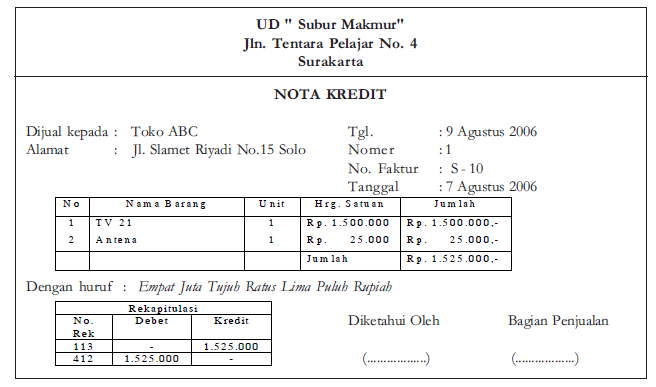

The corona discharge between the object and the plate due to high-voltage is captured by the film. High voltage current is momentarily applied to the object, thus creating an exposure. The object to be photographed is then placed directly on top of the film. The process entails placing sheet photographic film on top of a metal discharge plate. Kirlian photography is a technique for creating contact print photographs using high voltage. Moss led an independent and unsupported parapsychology laboratory that was shut down by the university in 1979. Įarly in the 1970s, Thelma Moss and Kendall Johnson at the Center for Health Sciences at the UCLA conducted extensive research into Kirlian photography. Scientific study of what the researchers called the Kirlian effect was conducted by Victor Inyushin at Kazakh State University. In 1975, soviet scientist Victor Adamenko wrote a dissertation titled Research of the structure of High-frequency electric discharge (Kirlian effect) images. The corona discharge glow at the surface of an object subjected to a high-voltage electrical field was referred to as a "Kirlian aura" in Russia and Eastern Europe. Kirlian photography was used in the former Eastern Bloc in the 1970s.



Although little interest was generated among western scientists, Russians held a conference on the subject in 1972 at Kazakh State University. High-voltage electrophotography soon became known to the general public as Kirlian photography. Their work was virtually unknown until 1970, when two Americans, Lynn Schroeder and Sheila Ostrander, published a book, Psychic Discoveries Behind the Iron Curtain. In 1958, the Kirlians reported the results of their experiments for the first time. The conductors were energized by a high-frequency high-voltage power source, producing photographic images typically showing a silhouette of the object surrounded by an aura of light. The Kirlians conducted experiments in which photographic film was placed on top of a conducting plate, and another conductor was attached to a hand, a leaf or other plant material. They had noticed that when the electrodes were brought near the patient's skin, there was a glow similar to that of a neon discharge tube. The same year, Russian electrical engineer Semyon Kirlian and his wife Valentina developed Kirlian photography after observing a patient in Krasnodar Hospital who was receiving medical treatment from a high-frequency electrical generator. Schlemmer published photographs showing a glow around leaves.


 0 kommentar(er)
0 kommentar(er)
